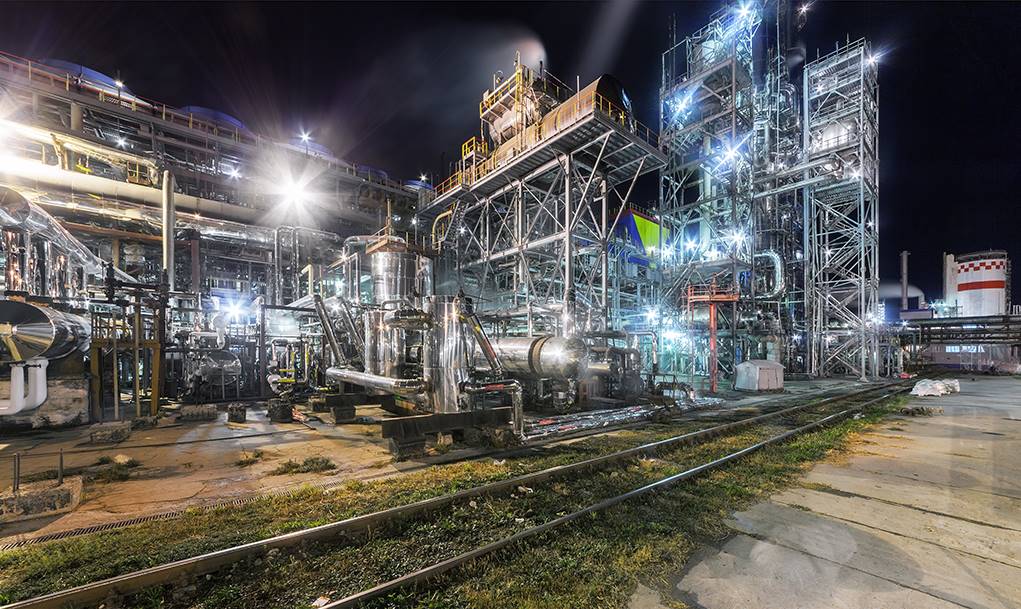For assistance with your plant’s rail infrastructure, contact Dave Thomson at dthomson@hanson-inc.com.

Industrial plant sites normally expand over time, with successive management pursuing the best business opportunities as they become available and as the plant can fulfill. What was a new facility designed to “state of the art” at the time of commissioning is now an aging facility that has undergone multiple additions and changes over the years.
Rail operations that were fluid become inefficient because of changes in what the plant produces, changing regulatory requirements, larger and more complex rail cars, the “in-fill” of vacant plant locations with support facilities, product volume and railcar growth to support these volumes, industrial process upgrades and myriad other items that occur over decades of small, incremental improvements.
Rail infrastructure can — and many times is — left behind in modernizing with these items. Many plants have experienced major shifts in their products and volumes. A full analysis of the rail infrastructure often is not done as these changes occur. Existing infrastructure is patched together to support the new shipping demands. These patches are patched again as the plant undergoes further improvements. What started out as a highly efficient operation becomes an underperforming process and causes additional costs to the plant and corporation.
Site rail and logistics optimization is a process in which the railcar’s safety and efficiency is reviewed in the full context of internal plant production; loading, unloading and storage of product; railcar cleaning, inspection and repair; and matching serving carrier capabilities and processes with the plant production, then identifying internal rail operational improvement opportunities and using financial measurements to develop a cost-benefit analysis to help identify the areas of largest financial and efficiency returns.